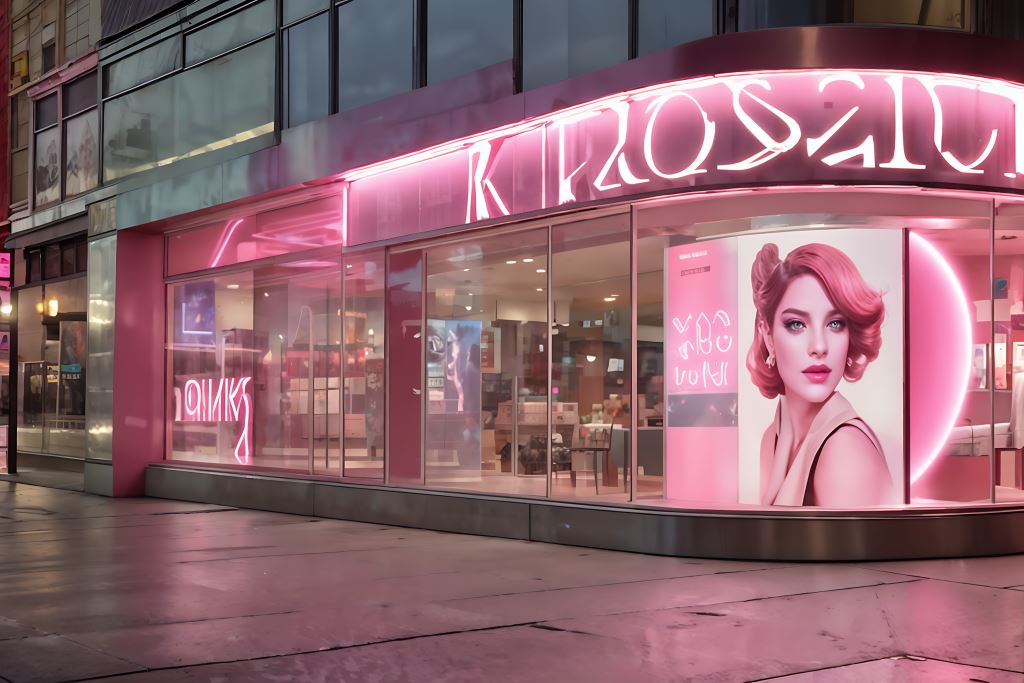
Traditionally, wholesalers sold to businesses and retailers sold to end customers. Now, those boundaries are becoming somewhat blurred. Some wholesalers are opening up to consumers. Some retailers are becoming more like wholesalers. In general, however, wholesalers still tend to sell in larger quantities and at a lower cost than retailers. This leads to major differences in approach.
To explain further, Claire Shaw, Senior Graphic Designer at SOS Wholesale looks into the difference between Wholesale and Retail.
The dominant brand
When dealing with physical items, most sales transactions involve two brands. These are the seller’s brand and the product’s brand. Sometimes, the product’s brand is owned by the seller. Often, however, the two brands will be owned by different companies. They will therefore be in competition for dominance.
In other words, seller’s want customers to come to their store and buy whatever products they have available. Product owners want customers to look actively for sellers who stock their products. In many cases, the brands will avoid conflict by effectively working with each other. Essentially strong sales brands will sell strong product brands. Sometimes, however, brand strength becomes a competitive lever.
If a seller is the dominant brand, it can push for more favourable terms from a manufacturer and vice versa. Retailers are likely to have the edge over wholesalers here. Wholesale customers tend to be driven mainly by practical considerations. Retail customers may be driven mainly by practicality but this is less of a given.
That said, retailers do not always get the upper hand. When the product brand is stronger, wholesalers are often in a better position to negotiate with manufacturers due to their sheer buying power. Even the world’s strongest product brands need to keep cash flowing so they can pay their own bills.
The nature of the customer relationship
By and large, the wholesale business model is essentially “pile them high and sell them low”. People who use wholesalers typically do not expect the sort of “value-add” services retailers provide. In fact, they may not even want them. That said, wholesalers can still compete on the basis of the overall user experience.
For example, if a wholesaler can demonstrate a strong commitment to customer service, especially reliability, they may make themselves the preferred choice over lower-priced competitors. Other differentiating factors include support for different payment methods, support for installment payments, ability to deliver and ability to support online/remote ordering effectively.
Retail business models are more variable. Some retailers are effectively wholesalers with smaller minimum orders. These are the classic “big box” retailers and, arguably, supermarkets. Even supermarkets, however, are increasingly trying to win consumers’ hearts as well as their minds. Smaller retailers are often way ahead of them here.
Niche retailers can essentially become influencers. They can either be recognized as experts in their field or as businesses that share consumers’ values. Some businesses have managed to do both. These retailers have strong relationships with their customers. As a result, they’re less dependent on stocking the right product brands and more able to influence consumer choices.
The infrastructure requirements
Wholesalers typically work on a larger scale than retailers. That means they need more storage. On the other hand, it’s generally easier for wholesalers to operate from lower-cost locations such as industrial parks. This can help to offset the costs of having larger-scale facilities. Modern wholesalers will typically use technology at least as much as retailers albeit in a different way.
On the other hand, wholesalers can set up their premises on the basis of functionality rather than having to worry about aesthetics. Retailers, by contrast, often have to pay great attention to the “look and feel” of their stores. For real-world stores, this can involve a lot of effort and that’s even before you get to the fact that some customers are going to leave goods lying around a store rather than putting them back in the right place.
The issue of drop-shipping
Drop-shipping is when a retailer takes an order from an end customer but relies on a wholesaler (or manufacturer) to fulfill it. Drop-shipping reduces profits for retailers but, when done properly, it also reduces their workload and costs and hence also risk. Of course, the key phrase in that sentence was “done properly”.
If done incorrectly, drop-shipping can become a major pain for retailers. They took the customer’s money so they’re the ones who have to deal with any customer-service issues. These can turn a straightforward business model into a huge drain on a retailer’s time and finances. It could even leave them exposed to legal action.
This means that any wholesaler who can show they can handle drop-shipping effectively can potentially turn it into an important revenue stream. Drop-shipping is very different from traditional wholesaling. It typically requires a fast turnaround of small orders with the wholesaler taking responsibility for packaging as well as posting. The popularity and potential revenue from drop-shipping, however, make it well worth the effort.

The opportunities for expansion
Despite the infrastructure requirements, it’s generally easier and therefore quicker to scale up wholesaling businesses than it is to scale up retail businesses. This difference largely reflects the difference in the two customer bases. Quite simply, wholesale customers tend to be either businesses or consumers with a business mindset. They neither expect nor usually need the same sort of hand-holding as is expected in the business-to-consumer world.
For example, business purchasing departments tend to work business hours. Given the increased flexibility around this concept, they might appreciate a wholesaler being available 8-6 rather than 9-5. They would not, however, typically expect a retailer to work evenings and weekends. This is, however, absolutely standard in the consumer-facing world.
If you’re interested in expanding outside the UK, then, again, a wholesaling model is probably going to be your easier option. The main reason here is likely to be the issue of language support. It is very much preferable to be able to offer support in the language of the country you are targeting. With businesses, however, if the overall deal is right, it may be possible to get away with using English and/or machine translation. With consumers, this is highly unlikely to be an option. In fact, it may be illegal.
Latest posts by Claire Shaw (see all)
- The Difference Between a Wholesaler and a Distributor – Which works better for your business? - July 31, 2022
- Four perks of buying in bulk for your business - January 30, 2022
- Wholesale VS Retail: What’s The Difference? How the Emergence of Drop Shipping & Other Business Models is Affecting them Both? - October 24, 2021














